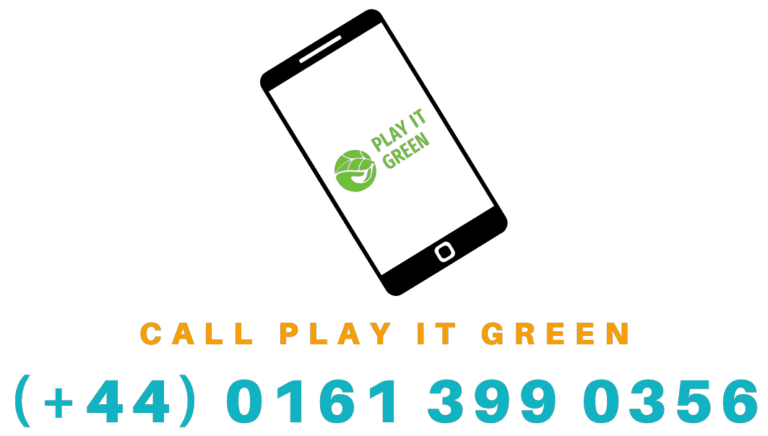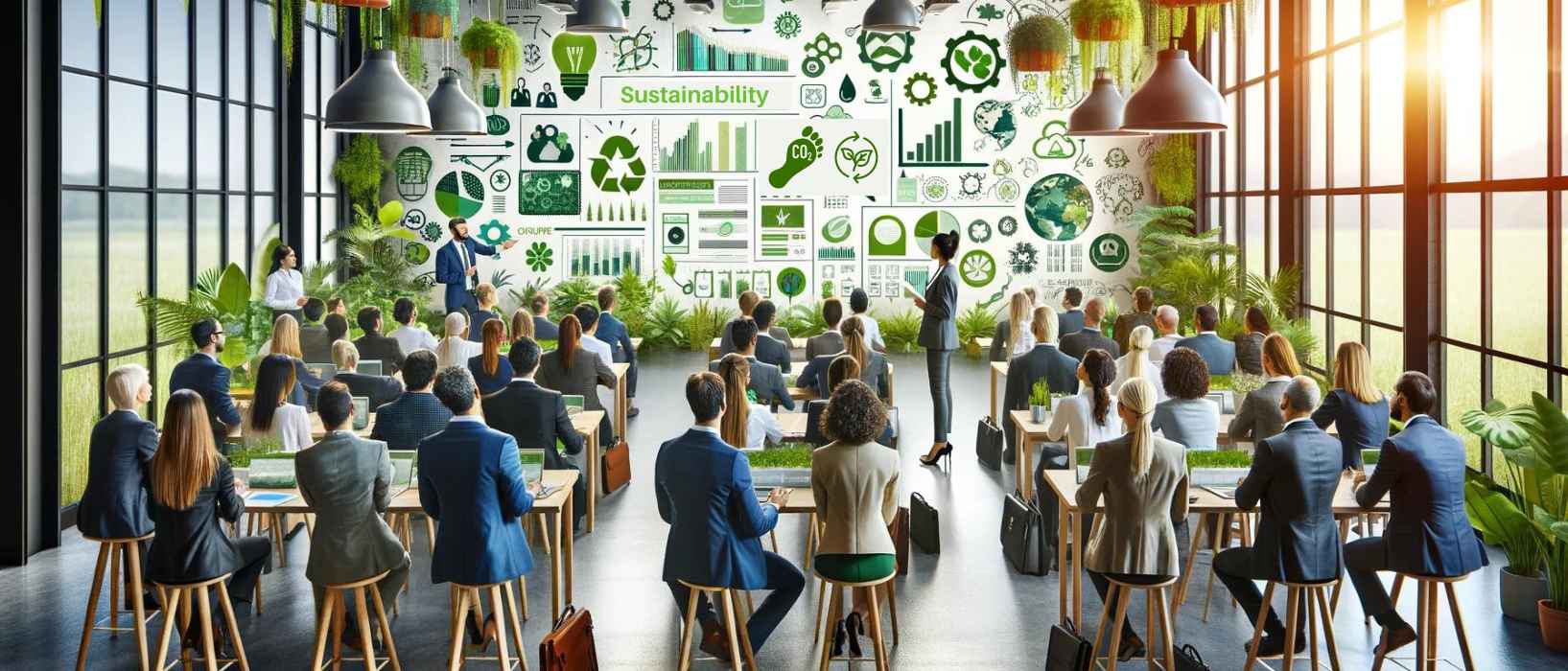
Sustainability Terms F-G: Introduction
Welcome back, to another enlightening edition of Play It Green’s weekly business education where, this Wednesday, we’re continuing our deep dive into Sustainability Terms F-G. Our journey through these terms is not just about education; it’s a pathway to transforming our daily decisions, business practices, and ultimately, our planet.
Each concept is a stepping stone towards a greener, fairer, and more sustainable world. So, let’s embark on this journey together, exploring the essence and impact of these pivotal sustainability terms.
Sustainability Terms F-G: Fair Trade
Fair Trade isn’t just a label on your coffee or chocolate; it’s a global movement that breathes life into the principle of fairness and equity in trade.
Imagine a world where every product you purchase supports fair wages. It would also provide safe working conditions, and community development for producers in developing countries. Fair Trade makes this possible.
It’s about giving back power to the farmers and workers who are the backbone of the global supply chain, ensuring they receive their fair share of the pie.
By choosing Fair Trade products, we’re making an ethical choice. Furthermore, we’re participating in a story of empowerment, resilience, and sustainability that spans continents. Fair Trade is more than a term; it’s a promise of a better world.
For more in depth information about Fair Trade, you can visit their website here.
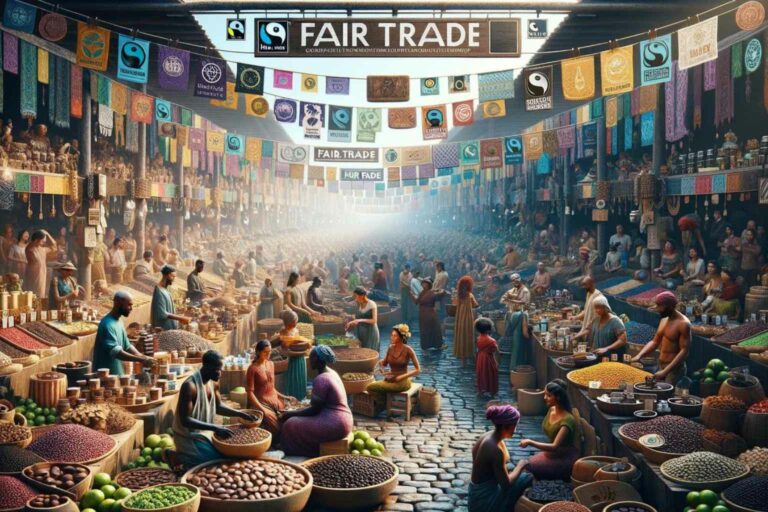
Sustainability Terms F-G: Footprint Report
The Footprint Report is akin to a sustainability x-ray for organisations, offering a transparent, in-depth look at their environmental impact.
This comprehensive assessment covers everything from greenhouse gas emissions to water usage and waste generation. Imagine having a magnifying glass that reveals the environmental footprint of your business operations, illuminating areas where you can reduce, reuse, and revolutionise your practices.
Implementing footprint reports allows organisations to not just identify their ecological impact but to actively chart a course towards sustainability. It’s about turning insights into action, and transforming how we do business to ensure a thriving planet for future generations.
Want to know more about Footprint Reporting? Why not visit our partner EaaSi Carbon’s website?
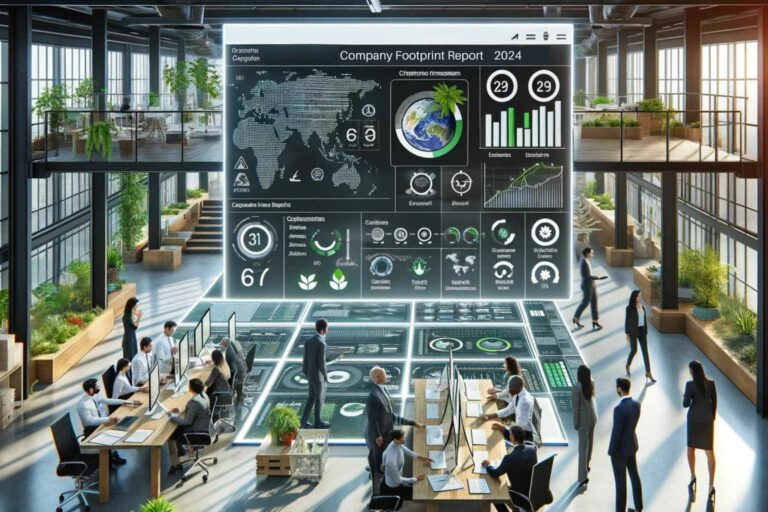
Sustainability Terms F-G: Green Bonds
Green Bonds are the superheroes of the finance world, swooping in to fund projects that have a positive environmental impact.
Whether it’s renewable energy, sustainable agriculture, or clean transportation, green bonds ensure that your investments go towards initiatives that help, not harm, the planet. They offer a tangible way for investors to contribute to environmental sustainability while still receiving financial returns.
In essence, green bonds bridge the gap between profitability and responsibility, showing that it’s possible to support the planet’s health and achieve economic gains. Investing in green bonds is smart finance. Not only that, it’s a vote for a greener, more sustainable future.
The World Bank’s website contains more useful information about Green Bonds.
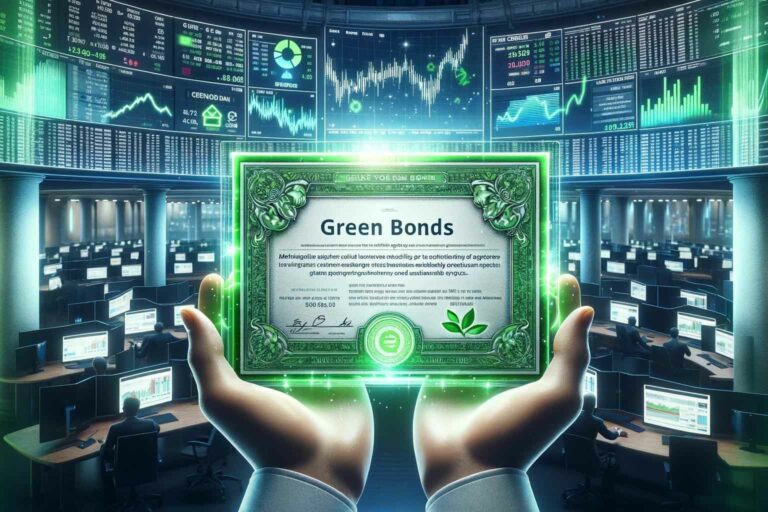
Sustainability Terms F-G: Green Building
Green Building stands at the intersection of architecture, technology, and environmental stewardship, offering a blueprint for the future of construction.
These aren’t just buildings; they’re ecosystems, designed to minimise waste, conserve energy, and harmonise with their natural surroundings. Green buildings use innovative materials and smart design to ensure energy efficiency, water conservation, and reduced carbon footprints.
Furthermore, they’re statements of what’s possible when we build with the planet in mind. Adopting green building practices means prioritising the health of the environment, occupants, and society at large, paving the way for a world where every structure contributes to sustainability.
For more information on Green Building, you can visit the UK GBC website.
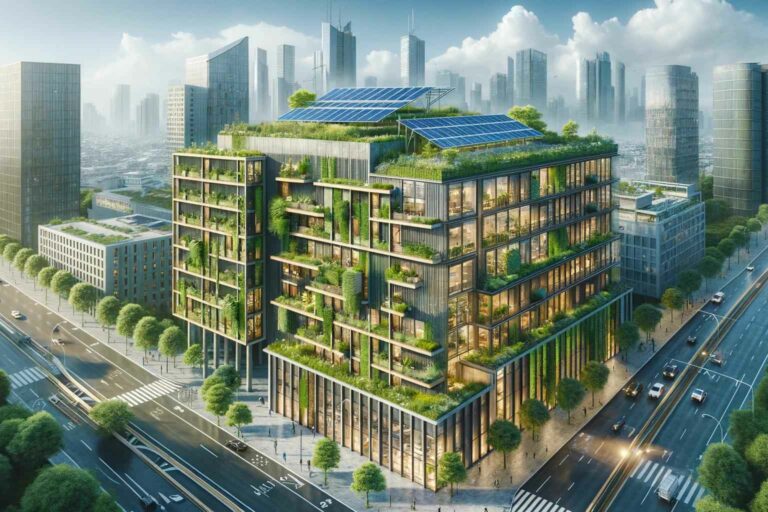
Sustainability Terms F-G: Green Procurement
Green Procurement transforms purchasing into an act of environmental advocacy. It’s about choosing products and services that have the least environmental impact, from recycled content paper to energy-efficient appliances.
This practice extends beyond mere buying; it’s a commitment to supporting sustainable production and consumption.
By prioritising green procurement, businesses and consumers can drive demand for eco-friendly products, encouraging manufacturers to adopt greener practices.
Furthermore, it’s a powerful way to influence the market, steering it towards sustainability.
Embracing green procurement is not just about what we buy; it’s about the future we want to create, one purchase at a time.
The European Union has some great info on Green Procurement on their website.

Sustainability Terms F-G: Wrap Up
Our exploration from Fair Trade to Green Procurement has been a journey of discovery, inspiration, and empowerment. These terms are more than just concepts, indeed, they’re actionable steps we can all take towards building a sustainable future.
As we continue to dive into the depths of sustainability, let’s carry these insights forward, implementing them in our lives and businesses. Together, we’re not just learning; we’re leading the charge towards a more sustainable, equitable world.
Join us next month as we continue to unfold the green glossary, further empowering our community on this vital journey.
Stay green, stay informed, and remember, every small step makes a big difference!
Play It Green: Empowering Your Sustainability Journey
Ready to take your commitment to sustainability to the next level? Play It Green stands as your partner in creating positive environmental change. From educational resources on sustainable practices and signposting to sustainable services to initiatives like tree planting and social giving, Play It Green offers a holistic approach to environmental stewardship.
Join us in the journey toward sustainability—embrace eco-conscious practices and be a force for positive change in our world. All whilst staying relevant, meeting legislation and aligning with the values of today’s consumers and employees.

